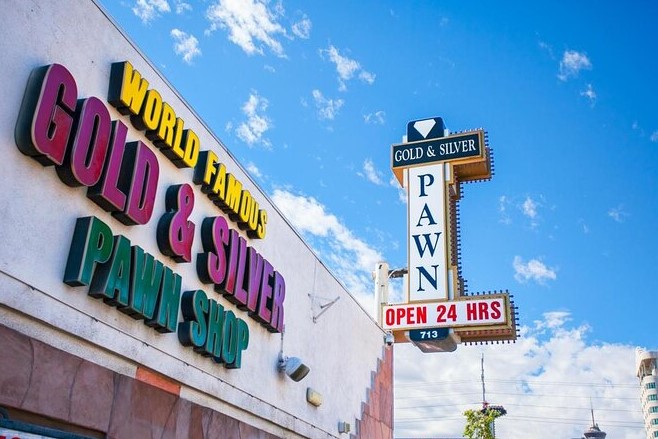Pawnshops In Popular Culture

Pawn shops have long occupied a unique space in popular culture, serving as more than mere storefronts for buying and selling goods. From gritty crime dramas to heartwarming tales of redemption, the portrayal of pawn shops in movies, TV shows, and literature has shaped public perceptions of these establishments. In this article, we delve into the multifaceted representations of pawn shops in popular culture and examine how they influence our understanding of the industry.
Pawn Shops on the Silver Screen
In cinema, pawn shops often serve as backdrops for pivotal scenes, reflecting both the seedy underbelly and the everyday struggles of society. Films like “Pulp Fiction” and “Taxi Driver” depict pawn shops as havens for illicit dealings and desperate individuals, reinforcing the stereotype of pawnbrokers as shady characters operating on the fringes of legality. However, not all portrayals are negative. In “It’s a Wonderful Life,” the pawn shop becomes a symbol of hope and community as the main character navigates financial hardship, showcasing the human side of pawnbroking and its role in helping people through tough times.
Television Tales of Transactions
On the small screen, pawn shops have been featured in a variety of formats, from reality shows like “Pawn Stars” to crime procedurals like “Breaking Bad.” While reality shows often highlight the day-to-day operations of a pawn shop and the eclectic array of items brought in by customers, fictional dramas tend to emphasize the darker aspects of the pawn industry, often associating it with criminal activity and moral ambiguity. However, shows like “Pawn Stars” have also humanized pawnbrokers, portraying them as knowledgeable professionals who play a vital role in preserving history through the items they acquire.
Literary Legacies and Pawnbroker Protagonists
In literature, pawnbrokers have been featured as both minor characters and protagonists in stories spanning various genres. Classic novels like “Oliver Twist” and “Les Misérables” depict pawnbrokers as opportunistic figures preying on the vulnerabilities of the poor, reflecting the societal attitudes of their time. However, contemporary literature has offered more nuanced portrayals, exploring the complexities of pawnbroking and the individuals who inhabit this world. In novels like “The Pawnbroker” by Edward Lewis Wallant, the titular character grapples with guilt and redemption, shedding light on the emotional toll of working in the pawn industry.
Shaping Public Perception:
While pop culture representations of pawn shops often veer into sensationalism and stereotype, they also serve to humanize an industry that is often misunderstood. By showcasing the diverse experiences of pawnbrokers and their customers, these portrayals challenge preconceived notions and invite viewers and readers to consider the broader social and economic factors at play. Ultimately, the depiction of pawn shops in popular culture reflects our collective fascination with stories of struggle, survival, and redemption, offering a lens through which we can examine our own attitudes towards money, possessions, and the people who make a living trading in them.
In conclusion, the portrayal of pawn shops in popular culture is as varied as the items that pass through their doors. From Hollywood blockbusters to literary classics, these representations shape public perceptions of the pawn industry, influencing how we view pawnbrokers and the role they play in society. While some portrayals may perpetuate stereotypes, others offer a more nuanced understanding of the challenges and complexities of pawnbroking. Ultimately, by engaging with these cultural narratives, we can gain insight into our own beliefs and biases, and perhaps even see pawn shops in a new light.




:quality(70)/cloudfront-eu-central-1.images.arcpublishing.com/irishtimes/SL4ZJEXTC5DIXNN4OZFLJTU4UE.jpg)

